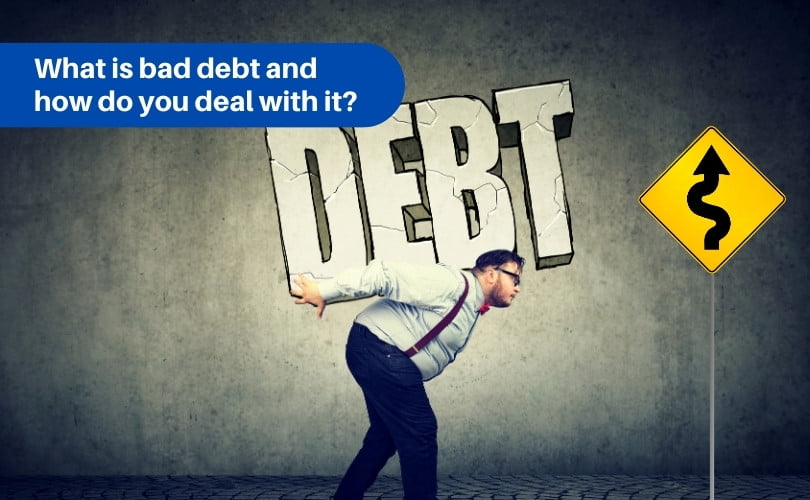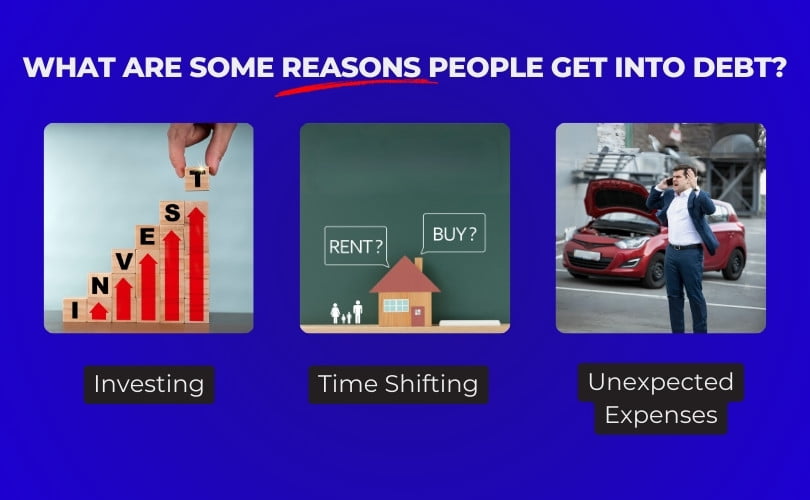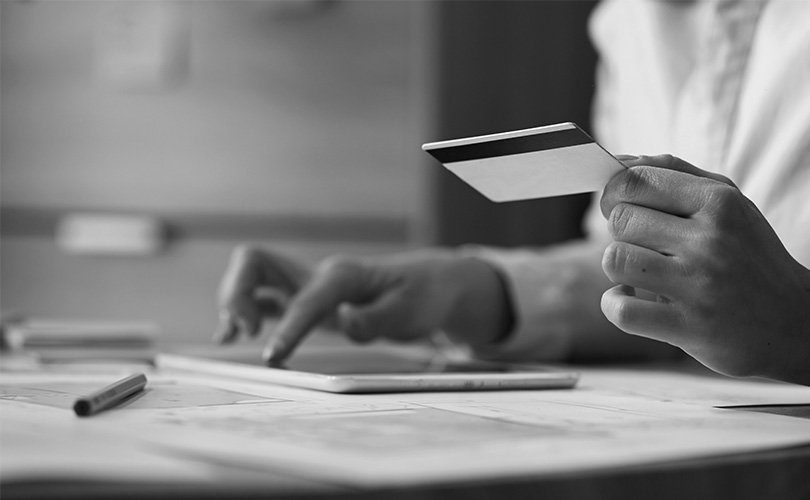

Bad debt is unpaid money owed by customers to businesses that extend credit to them. This can cause harm to company finances. To prepare for such a loss, companies can allocate funds. They can maintain smooth operations and mitigate the impact of financial losses this way.
The term refers to loans or outstanding balances that cannot be recouped and must be written off. Default risk is always associated with extending credit to customers, which is part of the cost of doing business with them.
Bad debt: Definition
There is a bad debt when a company owes money that it is unlikely to receive payment for. It represents the uncollectible balances of a company. In the case of negligence, financial crisis, or bankruptcy, customers may be unable to pay on time.
For example, if a company sells its products on credit to a customer who fails to pay on time, the sale will be considered.
Bad debt happens when someone who owes money doesn’t pay it back. If a lender can’t get the money back, they consider it a bad debt and take it off their records.
All businesses that lend money or sell things on credit have to be ready for this possibility. They can guess how much they might not get back using different methods like looking at how long people owe money or estimating based on their sales.
They can also factor in the probability of someone not paying. For example, a business may not lend money to a customer who has had a history of not paying back loans.
If you are able to repay your debt responsibly based on the loan agreement, it may be considered “good debt,” since your credit score may reflect a favorable payment history (and your ability to manage a variety of debt types responsibly). Furthermore, “good” debt can be used to finance an investment that will provide a good return on investment.
The following are examples of good debt:
Your mortgage. By borrowing money to purchase a home, you hope that by the time your mortgage is repaid, your home will be worth more. Depending on the circumstances, you may be able to deduct the interest on your mortgage debt on your taxes. In addition, home equity loans and home equity lines of credit, which are loans secured by a borrower’s home, are also considered good debts. As long as you use these loans for their intended purpose, such as buying, building, or renovating the home used as collateral, the interest payments are tax-deductible.
Student loans. A student loan is another example of “good debt.” Some student loans have lower interest rates than other loan types, and the interest may also be deductible. You are financing an education, which may lead to career opportunities and an increase in income. However, if a student loan is not repaid on time or within the agreed terms, it will be considered a bad debt. Having too much student loan debt can also be burdensome if it takes years (and more interest payments) to repay.
Credit cards. A credit card debt that is high-interest and spirals out of control often falls under the category of bad debt. The convenience of credit cards can lead to overspending, resulting in hefty interest charges. If balances are not paid off in full each month, it can strain finances and lead to a cycle of debt that is difficult to break. Therefore, when using credit cards, it’s important to practice responsible spending and budgeting. It’s also important to be aware of the annual percentage rate (APR) and how quickly debt can accumulate. Finally, it’s important to take advantage of any balance transfer offers that can help to lower the interest rate.
High-interest loans. Loans with high-interest rates, such as payday loans or unsecured personal loans, can be considered bad debt, as they can be difficult for borrowers to repay, placing them in a worse financial position. These loans are often used by people who are desperate for money, but they often come with hidden fees and terms that can be difficult to comprehend. As a result, borrowers can quickly find themselves trapped in a cycle of debt and unable to escape. This can have devastating effects on borrowers, leading to financial hardship, bankruptcy, and even depression. Therefore, it is important to be aware of the risks associated with these high-interest loans and to take steps to avoid them.

Debt is often incurred for various reasons, including:
Now, let’s delve into these reasons:
From a logical point of view, taking on debt makes sense when the expected returns from the purchase exceed the interest to be paid on the borrowed amount.
For instance For example, if you can secure a loan at a 5% interest rate and invest in something with an expected return of 10%, it’s a favorable situation. Of course, the level of risk is dependent on the certainty of the returns.
As an example, I currently hold a loan at a 2.1% interest rate while simultaneously having a comparable sum invested in a low-overhead index fund. This is a calculated move because the long-term average return on the fund exceeds 2.1% per year. However, it’s not without risk; a potential downturn in the stock market means I still need to repay the loan. Given my risk tolerance, it’s a gamble worth taking.
The major expenses in life often occur in the earlier years. Establishing oneself may involve purchasing a car, a home, or starting a family—common milestones for many.
A loan facilitated our home purchase, allowing us to live in it immediately. Without the loan, accumulating enough funds to buy a home outright would take decades. Buying a home later in life wouldn’t serve its purpose, especially if it’s intended for raising children. Additionally, renting a home in the interim could end up costing more than the interest paid on the loan. Admittedly, this isn’t universally true and depends on factors like interest rates and rental costs.
Efforts should be made to minimize unforeseen expenses through practices like maintaining a savings buffer capable of covering various unexpected costs. Ideally, having enough saved to handle expenses such as a new appliance, car repairs, or unexpected bills without resorting to a loan is prudent.
However, circumstances may not always align with ideal scenarios. If urgent car repairs are needed for commuting to work, and the funds aren’t readily available, taking a loan to address the issue becomes a reasonable albeit less-than-ideal option. In such situations, the goal is to repair the car promptly and repay the loan as soon as possible, recognizing it as the least unfavorable choice.
Dealing with bad debt requires a strategic and proactive approach to minimize financial impact and protect your overall financial health. Firstly, it’s essential to assess the extent of the bad debt and categorize it based on its severity. Prioritize tackling high-risk debts that could have the most significant consequences for your financial stability. Communicate openly and honestly with creditors, explaining your situation and negotiating feasible repayment plans. In some cases, creditors may be willing to settle for a reduced amount or offer more favorable terms.
Additionally, consider seeking professional advice from financial counselors or debt management agencies. They can provide valuable insights into debt consolidation options, budgeting techniques, and legal considerations. Implementing a stringent budget that focuses on essential expenses while cutting unnecessary costs can help free up funds for debt repayment. Explore alternative sources of income or side gigs to supplement your earnings and expedite the repayment process.
If the situation becomes overwhelming, bankruptcy might be a last resort, but it should be approached cautiously and only after careful consideration of its long-term consequences. Establishing and maintaining a good credit management system is crucial to prevent future bad debts. Regularly monitor your credit report, stay organized with financial records, and cultivate responsible financial habits to build a solid foundation for your economic well-being.





